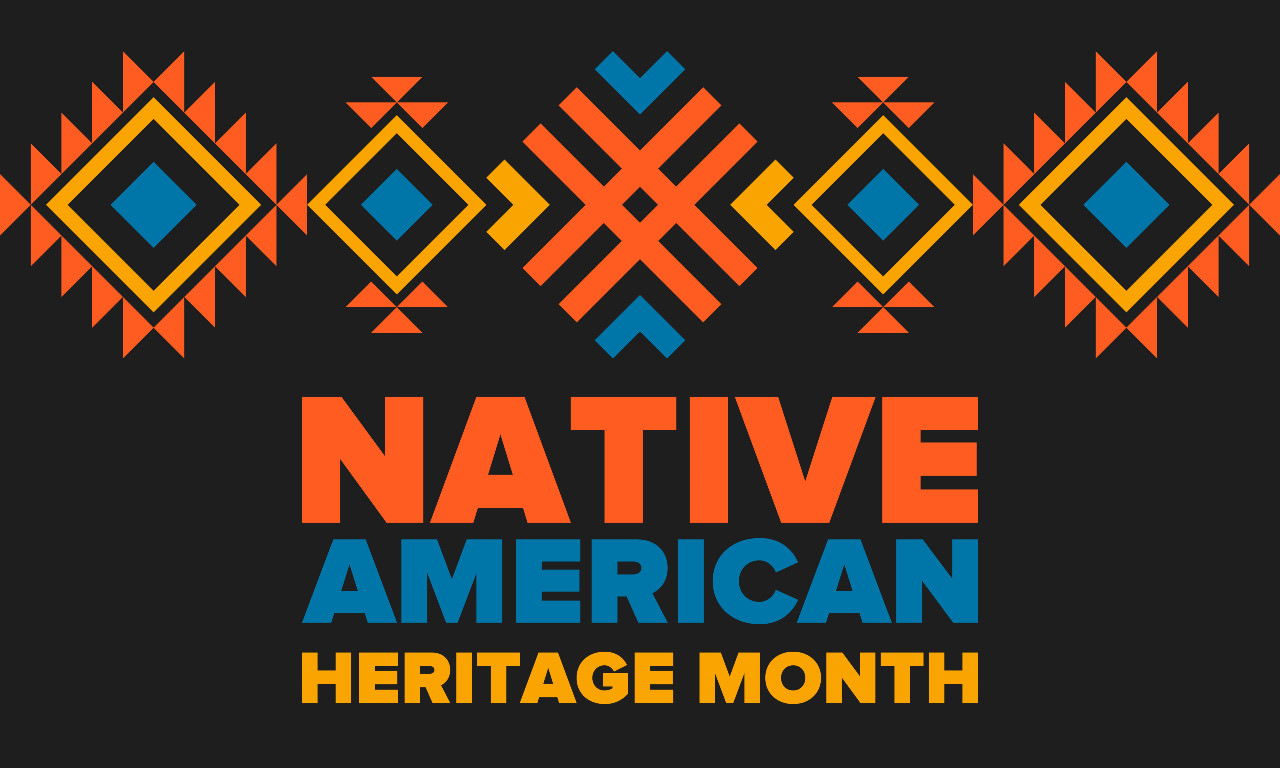Children and young people in California and across the U.S. have been struggling with their mental health, but many are unable to get the help they need. Between 2019 and 2021, about one third of California teens experienced serious psychological distress, with a 20 percent increase in adolescent suicides. Between April 2020 and March 2021, 63 percent of middle and high schoolers in California reported having had an emotional meltdown, 43 percent said they had a panic or anxiety attack, and 19 percent described suicidal thoughts, according to a report by ACLU SoCal and the CSU Center to Close the Opportunity Gap.
Due to the stigma around mental health, the nationwide mental health provider shortage and accessibility issues (particularly among the uninsured, people of color, people with low incomes and people with disabilities), most young people who need treatment do not receive any, including two thirds of California adolescents with major depressive episodes.
California recognized this growing crisis and responded by providing all young Californians and their families with free, on-demand access to high-quality mental health support through the Behavioral Health Virtual Services Platform, part of the state’s CalHOPE platform.
This platform consists of two apps, BrightLife Kids (for kids ages 0-12 and parents/caregivers) and Soluna (for youth and young adults ages 13-25), both of which enable youth and their caregivers to address their behavioral health challenges early on, reducing the likelihood of escalation. These apps are not only for youth with observed challenges, but also for all young people and families who want to proactively take care of their mental health and invest in their wellness and resilience.
The following Q&A with Autumn Boylan, California Department of Healthcare Services (DHCS) deputy director in the Office of Strategic Partnerships, dives into how the apps were created and how they are being integrated into schools.
How did the DHCS identify the needs these apps would fulfill?
Through DHCS’ discussions with youth, young adults, parents and caregivers across the state, it became clear that two apps were needed to support the dramatically different needs of children, teens, young adults and parents. DHCS also heard from experts who recommended two different web- and app-based options that support two distinct groups: kids 0-12 years old and their parents and caregivers (BrightLife Kids, developed by Brightline) and teens and young adults ages 13-25 (Soluna, developed by Kooth).
How were the apps designed? Was there input from school stakeholders? Was student voice considered?
DHCS spent two years interviewing parents, caregivers and more than 300 students and young adults to ensure the platform was designed to best support youth well-being. Interviewees were asked about the apps’ design, functionality and content. DHCS also convened a youth advisory board that provided recommendations throughout the implementation process, and held focus groups to test app concepts and view app demonstrations to gather input on vendor selection.
Young people made it clear that they would most appreciate a virtual behavioral health platform tailored to their needs. Specifically, they wanted the platform to:
- Empower them to take control of their journey
- Help them build a connection
- Make them feel safe
- Be easily accessible, even if you don’t have internet access, and available in multiple languages
App prototypes developed by Kooth and Brightline (the eventual contractors for Soluna and BrightLife Kids, respectively) were highly favored among youth and parents in initial testing, which reviewed more than 450 different behavioral health vendors.
What are the basic differences between the two apps?
BrightLife Kids provides support for very young children and their parents or caregivers on such issues as sleep habits, tantrums and non-verbal communication, while supporting tweens and their families on such issues as school/family transitions, sadness, anger and screen time. Soluna, which is geared toward young adults, addresses stress and anxiety management, social pressure, social media, bullying and more.
Both BrightLife Kids and Soluna provide live one-on-one meetings with trained and qualified behavioral health wellness coaches (in English and Spanish), a resource library with educational content and guidance, wellness exercises, such as assessments, journaling prompts, quizzes, and goal-setting activities, and peer communities that are supervised by licensed behavioral health professionals.
Services available through both apps include:
- Free coaching: Live one-on-one coaching sessions with a trained and qualified behavioral health wellness coach delivered through in-app chat or video appointments. Telephone coaching will also be available in all Medi-Cal threshold languages.
- Educational content: Age-tailored educational articles, videos, podcasts and stories.
- Assessments and tools: Stress-management tools and clinically validated assessments to understand and monitor behavioral health over time.
- Care navigation services: A searchable directory and live care navigation support to connect users to their local behavioral health resources.
- Peer communities: Moderated forums and programs to connect users with other youth or caregivers.
- Crisis and safety protocols: Crisis and emergency safety resources for platform users experiencing a mental health crisis or who require immediate assistance (e.g., the 988 Suicide and Crisis Lifeline).
DHCS and the California Department of Education are working with K-12 leaders in the state’s 58 counties to eventually make the apps available on school-issued laptops and tablets as well as in school wellness centers.
How is the effort to integrate the app into schools going?
DHCS is working collaboratively with Kooth and Brightline, as well as the California Department of Education, to drive adoption across the state through a variety of strategies (e.g., marketing and social media, as well as partnerships with schools, community-based organizations and other child/youth-serving organizations).
How can the apps be accessed?
BrightLife Kids is available for download on iOS devices in the Apple App Store and will be available for Android devices later this year; it is also available online at CalHOPE.org. Soluna is available for both iOS and Android devices in the Apple App Store and Google Play Store. To find out more, visit CalHOPE.org. Both apps will bring additional resources online and continue to strengthen their offerings over the coming months.
Have questions or want to discuss a partnership? Email DHCSPress@dhcs.ca.gov.





